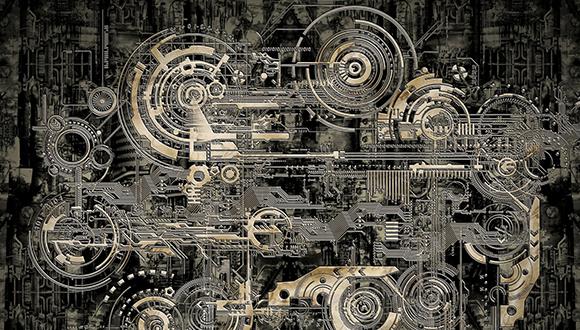Department Seminar of Asaf Cohen - UV-LED water disinfection technology characterization using CFD and optical simulations
SCHOOL OF MECHANICAL ENGINEERING SEMINAR
Wednesday December 27.12.2023 at 14:00
ZOOM SEMINAR
UV-LED water disinfection technology characterization using CFD and optical simulations
Assaf Cohen
M.Sc. student of Prof. Hadas Maman
School of Mechanical Engineering, Tel Aviv University, Tel Aviv, Israel
Ultraviolet (UV) light is a common water disinfection technology for inactivating a wide variety of waterborne microorganisms and pathogens, including viruses, in drinking water and wastewater effluents. In recent years, UV Light Emitting Diodes (UV-LEDs) have emerged as a new technology for water disinfection. A main characteristic of UV-LEDs is their dose-response curve, dictating what percentage or log removal of a waterborne pathogen or microbial indicator will be inactivated under a given UV dose (fluence). To assess this curve for different microorganisms, concentrations, wavelengths and irradiation intensities, a standard experiment and a theoretical model were set by Bolton and Linden (2003). The goal of this research is to validate this theoretical model using computational Fluid Dynamics with Discrete Phase Model (CFD-DPM) and optical simulations, replicating the standard experiment with LED with a peak-emission wavelength of 280 nm (UV-LED280) and MS2 bacteriophage as the viral indicator pathogen, producing a number of numerical dose-response curves. The simulations also examined the influence of the irradiance reflected from the magnetic Polytetrafluoroethylene (PTFE) stirrer and produced four numerical dose-response curves in total (using CFD-optical or only-optical simulations, with or without the magnetic stirrer) to be compared to the experimental curve. The CFD simulation was validated with PIV measurements and the optical simulation was validated using Petri Factor (PF). The kinetics, or inactivation rates (k), for all the five curves, including the experimental curve, show good uniformity with STD¬k=0.001 [1/(mJ/cm2)], which is 2.3% of the average inactivation rate. All of the five dose-response curves also show good linearity of R2=0.98, as could be expected for MS2 virus inactivation. The magnetic stirrer influence was minor and the only-optical simulations were superior both in accuracy and in computational cost. The simulations conducted in this research further validate the standard model and can be used for a faster, parallel examination of UV-LED technologies development.
Join Zoom Meeting
https://tau-ac-il.zoom.us/j/86497933118


